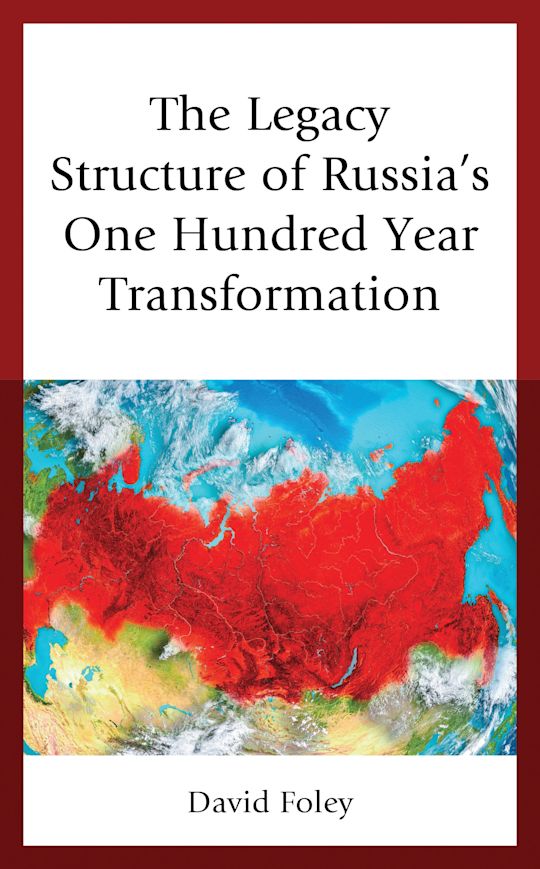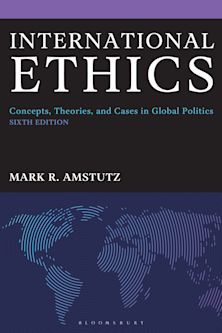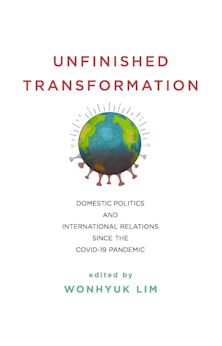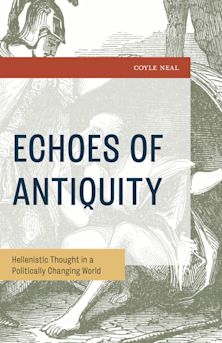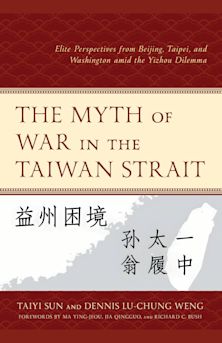- Home
- ACADEMIC
- Politics & International Relations
- Introduction to International Relations
- The Legacy Structure of Russia’s One Hundred Year Transformation
The Legacy Structure of Russia’s One Hundred Year Transformation
This product is usually dispatched within 1 week
- Delivery and returns info
-
Free US delivery on orders $35 or over
You must sign in to add this item to your wishlist. Please sign in or create an account
Description
Research and analysis of the post-Soviet Russian experience of political, economic and social change have generally focused attention on the complications and influences of the Soviet legacy on the transition process with most early main stream studies emphasizing the difficulties of the adoption of the institutions of democracy and a free market economy to the centralized command and control legacy structures carried over from that adjacent system to the more recent analyses that have attempted to explain why the Putinist hybrid authoritarian democracy emerged to take control of the Russian state. The complex nature of the Russian experience of political, social and economic change had yet to be explained as a long-term legacy analysis until now with the linkages presented in this study of the legacies and structures that have defied attempts at reform by the Bolsheviks, the Soviets and the modern Republicans. The political geography of Russia represents a districting system that defines the people and places and represents an influential legacy structure that has had a long reach from the Russia of Imperialism to the Russia of Putinism and the twenty first century. A clearer understanding of the influences the Imperial legacy brings to the Russian transformation enables the student of post-Soviet Russian transition an opportunity to contextualize the strong linkages of historical governance structures with the one hundred years of Bolshevik and Soviet system capture and the struggles of transformation faced by the government and people of Russia today.
Table of Contents
Chapter Two: Weaving the Fabric of the Russian Transition Experience
Chapter Three: The Legacy and Russia’s Region to Center Relationships
Chapter Four: The Emergence of Authoritarian Democracy
Chapter Five: The Federal Districting System and Duma Election Outcomes:
The Path to the Party of Power
Chapter Six: Asymmetric Patterns and Party List Outcomes: Selected Variables
Chapter Seven: Yeltsin’s Legacy and Putin’s Path to Centralized Federalism
Chapter Eight: The Future of Janus Russia and the Continuing Structural Legacy
Product details
| Published | Nov 16 2018 |
|---|---|
| Format | Hardback |
| Edition | 1st |
| Extent | 322 |
| ISBN | 9781498571784 |
| Imprint | Lexington Books |
| Illustrations | 4 Maps, 24 Tables |
| Dimensions | 9 x 6 inches |
| Publisher | Bloomsbury Publishing |
About the contributors
Reviews
-
Foley draws on an impressive range of relevant English-language sources in multiple disciplines. He is generous in citing and quoting from other scholars throughout the book. . . . This book brings together substantial information about Russian territorial governance prior to and, especially, during the 1990s and 2000s. Its most valuable contribution may be the discussion of why a system of territorial governance that had demonstrably contributed to the collapse of the Soviet state was nonetheless retained by Russian leaders in the years that followed. The Legacy Structure will be most accessible to advanced students and specialists in Russian history or politics who will be familiar with the many past and recent events referred to.
The Russian Review
-
David Foley examines the role of federalism in the failure of democracy to consolidate in post-Soviet Russia. His core argument in The Legacy Structure of Russia’s One Hundred Year Transformation, which is a convincing one, is that the Russian Federation inherited the ethno-territorial federal structure of the Soviet Union, which was ill-suited to foster the democracy that Boris Yeltsin was ostensibly trying to build. The contradictory pressures in that ethno-federal structure directly contributed to the collapse of the Soviet state in 1991. Foley hints that such a fate may also threaten the integrity of the Russian Federation, though he stops short of making any predictions along those lines.
Political Science Quarterly
-
This book provides a masterful account of the legacy structuresinforming Russian statehood. . . . This volume can serve a wide readership, academic and non-academic alike. Students of both comparative politics and international relations will benefit from a persuasive account of systems governance, institutionalism, democracy and democratisation, internationalisation of system legacies, system decay and collapse, secessionism, amongst other key interests in the various sub-fields of political science. Given Russia’s territorial vastness and geopolitical significance, Foley’s volume notably contributes to our understanding of power rivalries in the Eurasian space.
Europe-Asia Studies
-
An erudite and original analysis of Russia’s century-long transformation, with a focus on centre-periphery relations but informed by a profound understanding of the legacies of past attempts at change. An essential contribution to the study of contemporary Russia.
Richard Sakwa, Professor of Russian and European Politics, University of Kent
-
Foley effectively examines Russia’s current center-regional relations under Putin in light of its imperial and Soviet heritages. He argues that current social segmentations, power asymmetries and vertical power relations are reminiscent of the pre-1989 Soviet era. The Legacy Structure of Russia's One Hundred Year Transformation gains value by utilizing historical, qualitative and quantitative approaches. Foley demonstrates that only the center holds the Russian federal republic together. Although its populace identifies with a national concept of ‘Russia,’ they identify far more with their local and immediate surrounding communities. His book is well worth the read!
Claude Welch, SUNY Distinguished Service Professor, University of Buffalo, The State University of New York,








